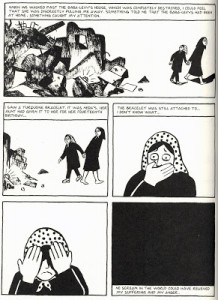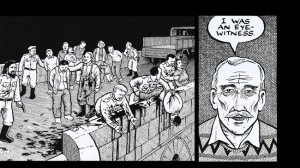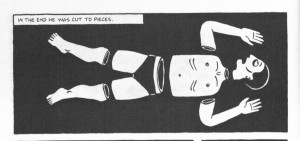Hi everybody!
For the past year, my ASTU 100 lass has been looking at the idea of global citizenship through the lens of memory. This lens has given rise to may interesting talks/discussions in my class ranging from narratives of trauma to how memories are manifested in societies today. However from this course and even from my other courses in the CAP Global Citizens stream, we have only talked about global citizenship in the modern sense – where people moved from place to place frequently and meeting new people for example; this gave me the impression that this phenomenon is only a modern one, however I found out that this was not the case when I was in one of my elective courses, Asian Studies 100.
In Asian Studies, I learned about the two main superpowers of Southeastern Asia, India and China – from pre-history to about around the 1500s. However the unit that impacted me the most on ancient global citizenship would be the time when China expanded its reaches – not of territory, but of knowledge (approximately 2 C. BCE. – 800 CE.). In the early part of this time period, China had diplomatic ties with the Kushan Empire (covering most of present day Afghanistan and northern India), then trade (the “Silk Road”) became prominent. Through all the ties China made through its trade in silk, they learned of the existence and inner workings of Greece and Rome (such as how democracy worked) around 97 C.E. while the Greeks and the Romans wouldn’t learn about the existence of China until centuries later. It is through this “Silk Road” that Buddhism traveled from India into China and there is evidence of Chinese pilgrims going to India for authentic Buddhist texts in the 10th – 12th Century through the Himalayas then translating them from Sanskrit into Chinese.
Through its diplomatic ties and trade, China managed to garner a vast wealth of knowledge and information on the territories surrounding them and beyond by sending ambassadors to meet with rulers to religious pilgrims and the merchants. To them, this was their world and that by travelling so much they could be called global citizens of their era. Nowadays, we know that our world is much larger than that of the ancient Asians, but the ideas of global citizenship – going from place to place, acquiring/storing vast amounts of knowledge and interacting with new people are still the same. Despite it being centuries ago or present day, global citizenship has always existed.
Wow, that was the last blog post of the year. How did time go by so fast? I wish everyone good luck on their finals and all the best in the rest of their university careers!
-Fiona


